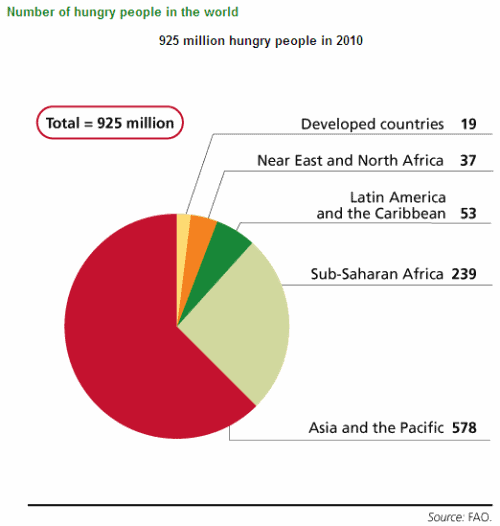In March 1993, photographer Kevin Carter
made a trip to southern Sudan, where he took now iconic photo of a
vulture preying upon an emaciated Sudanese toddler near the village of
Ayod. Carter said he waited about 20 minutes, hoping that the vulture
would spread its wings. It didn’t. Carter snapped the haunting
photograph and chased the vulture away. (The parents of the girl were
busy taking food from the same UN plane Carter took to Ayod).
The photograph was sold to The New York Times
where it appeared for the first time on March 26, 1993 as ‘metaphor for
Africa’s despair’. Practically overnight hundreds of people contacted
the newspaper to ask whether the child had survived, leading the
newspaper to run an unusual special editor’s note saying the girl had
enough strength to walk away from the vulture, but that her ultimate
fate was unknown. Journalists in the Sudan were told not to touch the
famine victims, because of the risk of transmitting disease, but Carter
came under criticism for not helping the girl. ”The man adjusting his
lens to take just the right frame of her suffering might just as well be
a predator, another vulture on the scene,” read one editorial.
Carter eventually won the Pulitzer Prize
for this photo, but he couldn’t enjoy it. “I’m really, really sorry I
didn’t pick the child up,” he confided in a friend. Consumed with the
violence he’d witnessed, and haunted by the questions as to the little
girl’s fate, he committed suicide three months later.
source:



